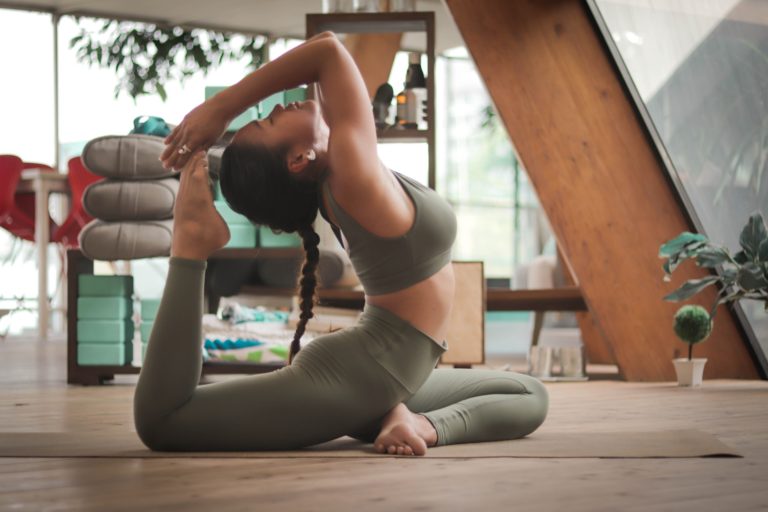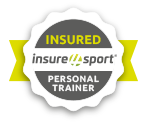Master the Basics - Q Angle

This week’s Master the Basics post is on the Quadriceps angle, which is the angle of the femur in relation to the width of the hips and base of support (your feet).
In women, the Q-angle is often larger than in men, and depending on your hip structure and width, it can often affect knees coming in (knee valgus) and knee pain and injury.
It’s important to know that knee valgus is a natural part of the walking gait cycle. As the foot pronates, the knee flexes, and because the tibia and fibula rotate internally, the knees come into a valgus position.
But, the rate, speed and control someone has over the valgus forces going into the knee matters. Therefore, it’s important to understand how your anatomy might play into exercise selection and your rate of progress.
For example, single-leg squats require a lot of stability and knee and ankle range of motion. Meaning the foot will have to pronate and the knees come inwards. If you have a naturally wider hip width, this exercise is probably a good fit, especially for anyone relatively new to exercise. Split squat variations or single-leg leg press is a better option for single-leg work.
Hinging at the hip does not require much knee motion, so knee valgus isn’t a concern. So a great place to put a lot of focus is on deadlifts, RDLs, back extensions and good mornings.
Bands around knees are often a prescribed “fix” for valgus knees. As much as this has its place, it’s important to remember that the knees coming in is part of the natural mechanics of knee flexion in things like squatting. So driving your knees into a band to prevent it will alter your mechanics. I think it’s a helpful tool in the early stages to give someone external feedback to try and not let the knees cave in. However, as a long-term solution, I think it’s a poor method.
Of all the modalities of exercise selection that need to be respected, running ranks pretty high. Running to “get fit and lose weight” might not be your best choice if you have a large amount of uncontrolled knee valgus or you don’t have a good base of strength. Some people can get away with it, but many people don’t. The humble walk is a much better choice of exercise.
A note on progress:
- When working with a larger Q-angle, take your time on any standing exercise that requires knee flexion.
- Take your time to learn to balance and control your body through space.
- Remember, there will be plenty of exercises in your plan that you can overload without causing too much stress on the knee.
Stay tuned next week for another instalment of Master the Basics and don’t forget to follow me on Instagram where I share exercise techniques, and show you how to maximise your training. I hope you enjoyed this blog post, if you have any questions I host a weekly Sunday Q&A session on my Instagram channel. Otherwise, please feel free to email me at andy@andyvincentpt.com.
If you want to get in touch and see how I can help your fitness and become your Online Personal Trainer, click here.


